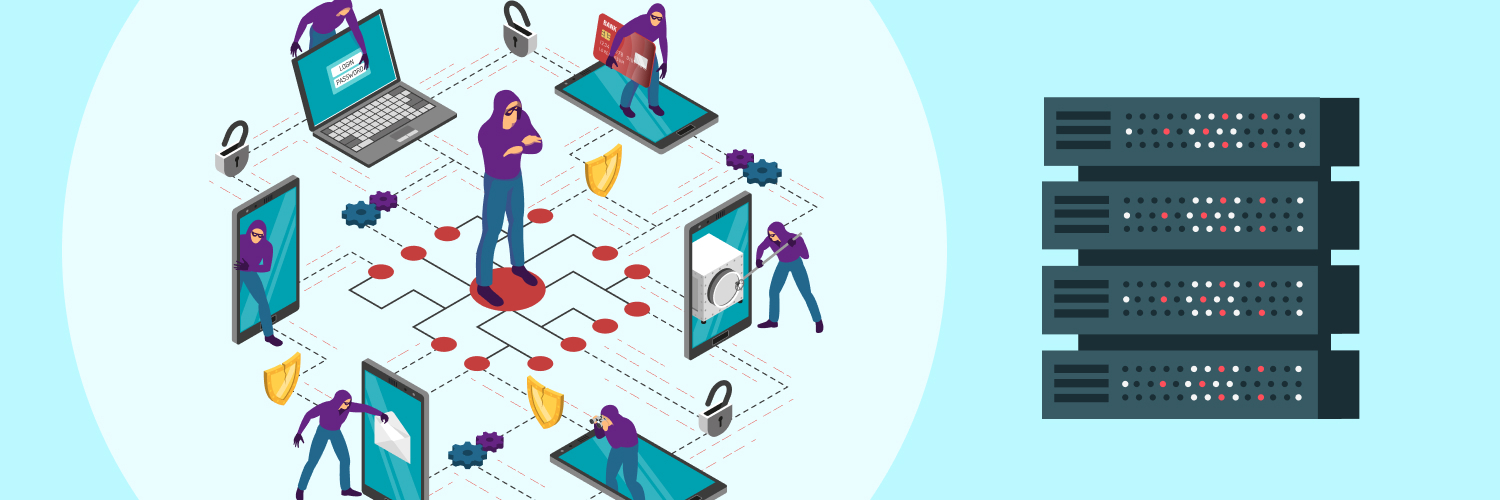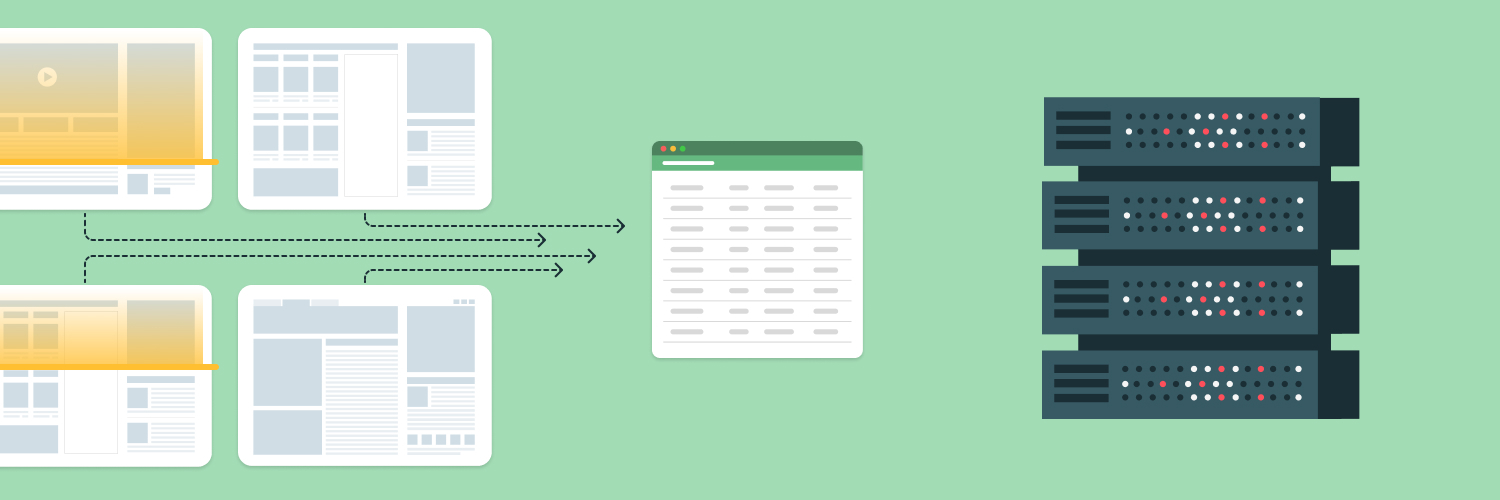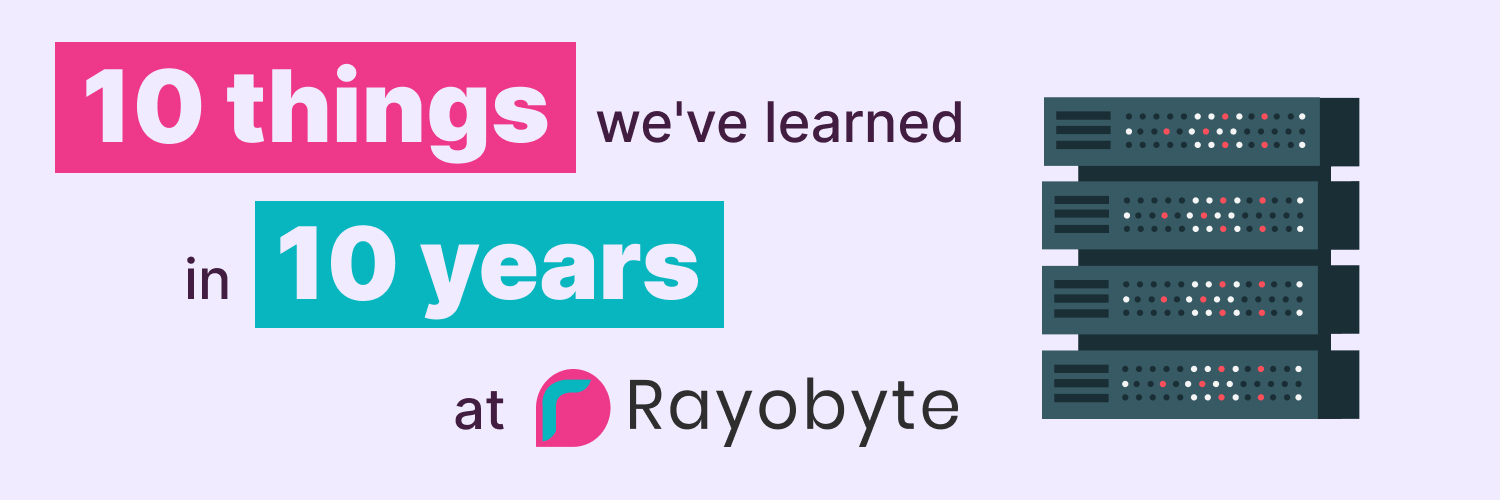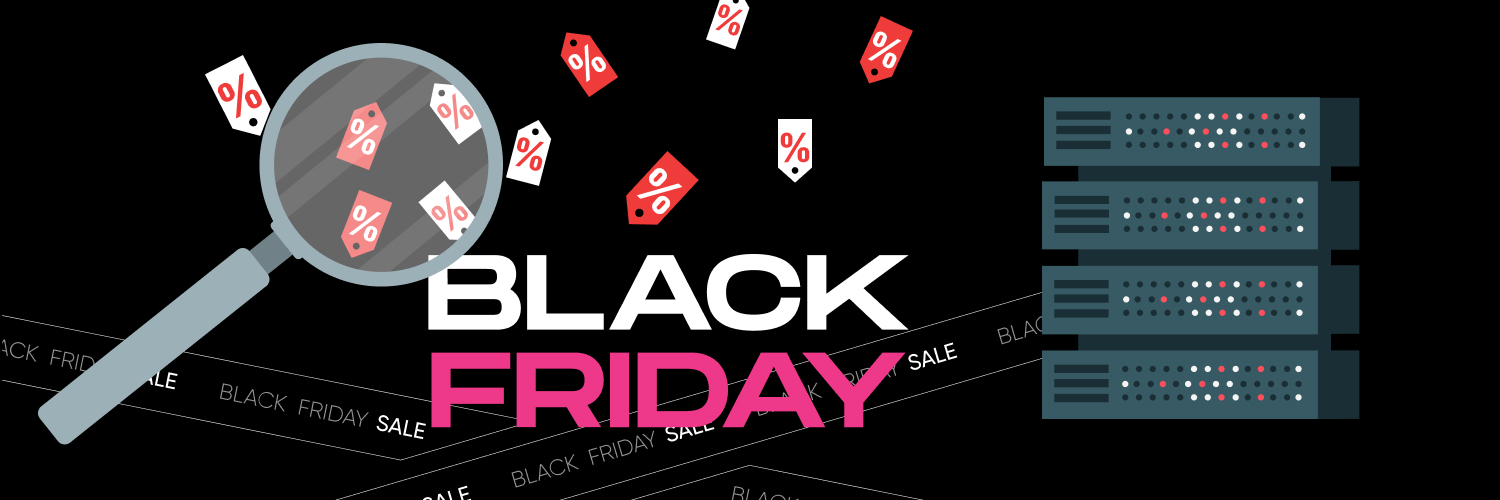Technographic Data (And Its Importance To Your Business)
Name any business operating today. Undoubtedly, that business is powered by a diverse set of technologies. Most businesses today have undergone or begun to undergo a digital transformation to keep up with the competition, maintain regulatory compliance, and meet the changing needs of their customers. It is also a certainty that for expansion the business must collect data about its potential customers for effective marketing. Particularly for business-to-business (B2B) companies offering software as a service (SaaS) products, sifting through veritably endless prospect accounts to determine the technologies they use can seem like the proverbial search for a needle in a haystack. That’s where it becomes essential to harness the insights available through gathering B2B technographic data.
In this blog post, we will explain the technographic data definition, why technographic data is important for your company, how your business can use company technographic data intelligence to its benefit, and how to use web scraping to collect and organize big technographic data. To jump to another section in this post, simply click the heading within the Table of Contents.
What is Technographic Data?

There are several types of data that comprise essential information that should be used in your company’s marketing strategy. To clarify the differences, we will define each type of data.
Demographic data
Demographic data is, in a nutshell, information about people. When it comes to demographic data likely collected by a B2B company, pertinent information may include the number of people employed by an organization, who its points of contact are, the size and staff configurations of the business, and so on.
Firmographic data
Another mandatory piece of the marketing puzzle is firmographic data, which is intelligence about a company’s products, the industries it serves, its total revenues, and its physical locations, among other details.
Technographic data
The word “technographic” combines the words “technology” and “demographic.” By definition, technographic data refers to information about a company’s technology stack, including the software solutions the company uses and details about its usage, adoption rates, and implementation details. To break that down further, a technology stack (also known as a software stack or a data ecosystem) is the combination of technological services, including programming languages, frameworks, and tools, that a company uses to create and run an application or platform.
Why Technographic Data is Important (And Beneficial) for Business

Companies, in this technological age, rely on technology to grow their businesses, stay relevant, and maintain a competitive edge. Most of those responsible for marketing for companies would likely agree that one of their biggest challenges is making their company stand out amongst a tide of competitors whose number increases exponentially with each passing day. Every company wants to be the alpha wolf in such a competitive market, but how can your company accomplish such a feat?
Collecting technographic data is a method of market research by which your company can profile target accounts, prospects, and competitors by gathering data about their tech stack. Examining technographic data insights can give your management and marketing teams a more comprehensive understanding of the technology needs, usage, and investment of your B2B target accounts. By gathering and analyzing technographic data intelligence about your target accounts and your competitors, you will gain a valuable perspective on who your competition is, how they’re marketing to their target accounts, and how to stay ahead of the game. There are a myriad of benefits when you use technographic data, including:
Enhanced productivity
Wasted time is the bane of essentially any business, and one definition of wasted time is working on tasks that don’t generate income. When sales staff have to spend time seeking, profiling, and analyzing target clients without the benefit of technographic data insights, your finance department may as well wave goodbye to a piece of the budget that could be put to good use elsewhere. Technographic data intelligence can greatly reduce the necessity for sales representatives to find clients, allowing them to focus instead on selling and thereby generating income.
Improved sales pitches
Profiling prospective clients through technographic data gives sales staff the benefit of preparedness and knowledge, allowing them to tailor their sales pitches to the specific target. Marketing departments can use technographic intelligence to hone marketing campaigns, making them more relevant to the specific market segments your company wishes to target. It stands to reason that sending the message a target client wants to hear will increase the chances of a lead becoming a customer.
Customer retention
A technographic data example you may not have considered is not related to bringing in new customers but retaining existing ones. Reviewing technographic information about existing clients can allow you to identify at-risk accounts and act swiftly to improve the customer’s experience. When it comes to any business, including B2B SaaS companies, satisfied customers are far less likely to jump ship to a competitor.
Methods to Collect Technographic Data

There are multiple ways to gather technographic data about other companies. We will discuss three of the most common ways below.
Surveys
Obviously, one very direct way of obtaining information about a target client is to ask its staff. One method of collecting information about a prospect’s usage, adoption, and deployment of technology is to use telephone, email, or online surveys directed at a prospective lead’s points of contact. The problem with this method is that the majority of those you target won’t likely respond to a cold-call survey, and even if they do, they won’t likely be willing to divulge specific and detailed information about their company’s technology usage. Depending on the response, using surveys to collect technographic information may turn out to be a waste of time and money in the end.
Third-party technographic data sales
Another simple way to collect technographic data is to purchase data from a reputable company whose business is to collect technographic information. Third-party data refers to information collected by an organization other than the person or company who uses it. Many data collection companies gather this data using website cookies, web beacons, or other tracking technologies.
It is important to keep in mind that there are some risks associated with the use of third-party data, including privacy concerns and the possibility of large-scale data breaches. These risks can be mitigated if the provider uses compliant methods of collection, but by purchasing the data from a third party, you relinquish control of the methods of information gathering being used.
Some third-party data collection providers use a technique called web scraping to collect technographic data. While it is certainly possible to pay a provider for this information, you will likely find it more economically feasible to conduct this manner of data collection yourself and avoid the middleman.
Web scraping technographic data
To use technographic data effectively, it is necessary to gather a massive amount of data, which is necessary to make technographic data analysis an efficient method of profiling and targeting prospects. Using a pre-made data collection tool, such as Rayobyte’s Web Scraping API, can exponentially expand your technographic data collection horizons.
A web scraper is a dedicated tool that is designed to gather and organize massive amounts of data from online sources. Web scraping essentially means scanning a website or social media profile and gathering pertinent data to user-input criteria. When all of the relevant information has been gathered (or “scraped”), the web scraper extracts the information collected into a file, where it organizes the data into an easy-to-analyze format.
Simple data collection using Rayobyte’s Web Scraping API
Using a pre-made web scraper like Rayobyte’s Web Scraping API can allow you to save the time and trouble of conducting frustrating manual searches, followed by manually copying, pasting, organizing, and examining the data you collect. Rayobyte’s Web Scraping API’s powerful tools generally complete the process of searching, data collection, and organization in minutes.
Other web scraping providers use confusing pricing tiers and subscription fees. Rayobyte’s Web Scraping API charges a low flat rate per scrape for a large number of scrapes. Rayobyte’s Web Scraping API also frequently adds new modules based on customers’ own requests to help improve their experience, which adds additional functionality to the already robust scraping tools.Rayobyte’s Web Scraping API does not have any hidden fees, monthly costs, or complicated price tiers. In addition, Rayobyte’s Web Scraping API provides 24/7 customer assistance.
Web scraping challenges
Even though web scraping is a commonly used, totally legitimate business practice, some websites do not allow web scrapers to collect data in this way. Some website owners are afraid that web scraping activity may overwhelm their servers and cause their websites to slow down or even crash. For this reason, some websites block web scrapers based on IP address or geolocation. There are, however, ways to circumvent these web scraping obstacles.
Collecting Technographic Data Using Proxies

Don’t let the idea of web scraping blocks frighten you away from using one of the most effective methods of data collection in use today.
Rayobyte’s proxies offer speed and anonymity
A proxy server is basically an intermediary server between a web scraper and its target websites. The proxy server allows your web scraper private IP authentication and anonymity, which allows you to skirt IP location blocks, access geolocation-specific content, and perform high-volume scrapes that won’t set off red flags for the website. Rayobyte offers an array of proxies to assist your web scraper.
Data center proxies
Data center proxies are, as you might expect, proxies stored in data servers. The least costly type of proxies, datacenter proxies are speedy, plentiful, and readily available.
The main drawback to using datacenter proxies is that they are more identifiable than other types of proxies because they use datacenter IP addresses, which websites may see as a red flag. Some websites block any proxy activity they perceive as associated with data centers; some websites are known to block entire subnets when they detect bot-like activity by a datacenter IP address.
To help counter this issue, Rayobyte offers not only C-class subnets but also A- and B-class subnets, along with multiple ASNs.
ISP proxies
ISP proxies offer a combination of the speed of datacenter proxies along with the inherent authority of residential proxies. Even though Rayobyte’s premium ISP proxies are hosted on datacenter servers, their IP addresses actually belong to individuals, making them equally difficult for websites to flag. With ISP proxies, you have the benefit of stable, fast connections. Rayobyte does not limit bandwidth or threads, which means you save money! Right now, Rayobyte offers ISP proxies from Germany, the United Kingdom, and the United States.
Residential proxies
Residential proxies are the actual IP addresses belonging to individuals associated with ISPs. By using a Rayobyte residential proxy, you have access to an extensive network of IP addresses from many worldwide devices. These IP addresses make your web scraper appear more organic to target websites. So, these websites are generally less likely to block them.
With the geo-targeting functionality of Rayobyte’s residential proxies, you have the ability to scrape geolocation-specific data from essentially anywhere, because your IP address can appear to be located anywhere in the world.
Rayobyte takes the ethical sourcing of residential proxies very seriously. As a matter of fact, Rayobyte set the industry standard in this area. We take extra measures to ensure the usage of their IP addresses does not negatively impact the end users. This includes informing and compensating these users for allowing us to offer their IPs for use. They also have carte blanche to revoke their approval whenever they want to.
In addition, Rayobyte ensures that anyone interested in purchasing our residential proxies have legitimate and ethical uses in mind before selling. Moreover, we continue monitoring the use of these residential proxies after selling them to ensure their ongoing ethical use.
Conclusion

Keeping up with and even surpassing your competition is essential in the dog-eat-dog business world. Analyzing technographic data is essential to help your company maintain a competitive edge. The leg up your company needs is within reach by collecting and analyzing a massive volume of technographic information about your prospective clients and your competitors.Contact Rayobyte today to get started with gathering and utilizing technographic data insights using proxies!
The information contained within this article, including information posted by official staff, guest-submitted material, message board postings, or other third-party material is presented solely for the purposes of education and furtherance of the knowledge of the reader. All trademarks used in this publication are hereby acknowledged as the property of their respective owners.




